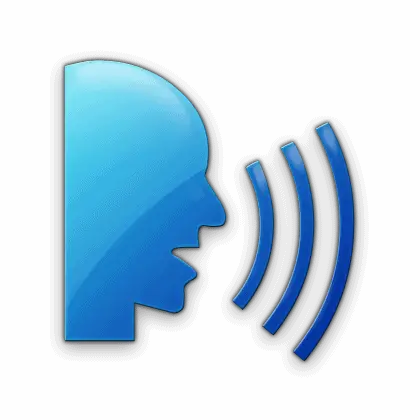How To Do The IELTS Reading Test?
Both the IELTS reading test General and Academic are 1 hour long, contain about 2750 words, and have exactly 40 questions with one mark available for each correct answer.
What's In The IELTS Academic Reading Module?
 The Academic Reading module uses texts from journals, books, magazines, newspapers and online resources, that are written for a non-specialist audience.
The Academic Reading module uses texts from journals, books, magazines, newspapers and online resources, that are written for a non-specialist audience.
All the topics covered are of general interest to students at undergraduate or postgraduate level. The texts are likely to be written in different styles, such as, descriptive, narrative, or argumentative/discursive.
One of the texts will contain a detailed logical argument. Texts may also include illustrations, diagrams or graphs.
If any text includes technical vocabulary, then test takers will be provided with a simple definition.
What's In The IELTS General Reading Module?
The General IELTS Reading module contains three sections of increasing difficulty.
 Section 1 contains either several short texts, or 2 or 3 slightly longer texts on everyday topics, the kind of texts people living in an English speaking country would need to be able to read for daily life.
Section 1 contains either several short texts, or 2 or 3 slightly longer texts on everyday topics, the kind of texts people living in an English speaking country would need to be able to read for daily life.
Section 2 has 2 texts based around work topics, such as contracts, job descriptions and advertisments.
Section 3 has one long text which is more descriptive in nature, often describing how to do something.
IELTS Reading Test: Question Types
Although the text types are different between Academic and General modules are different the actual question types are the same and they are what you need to get familiar with.
You will get 2-3 different types of these questions per section of the paper. Here are the different types:





